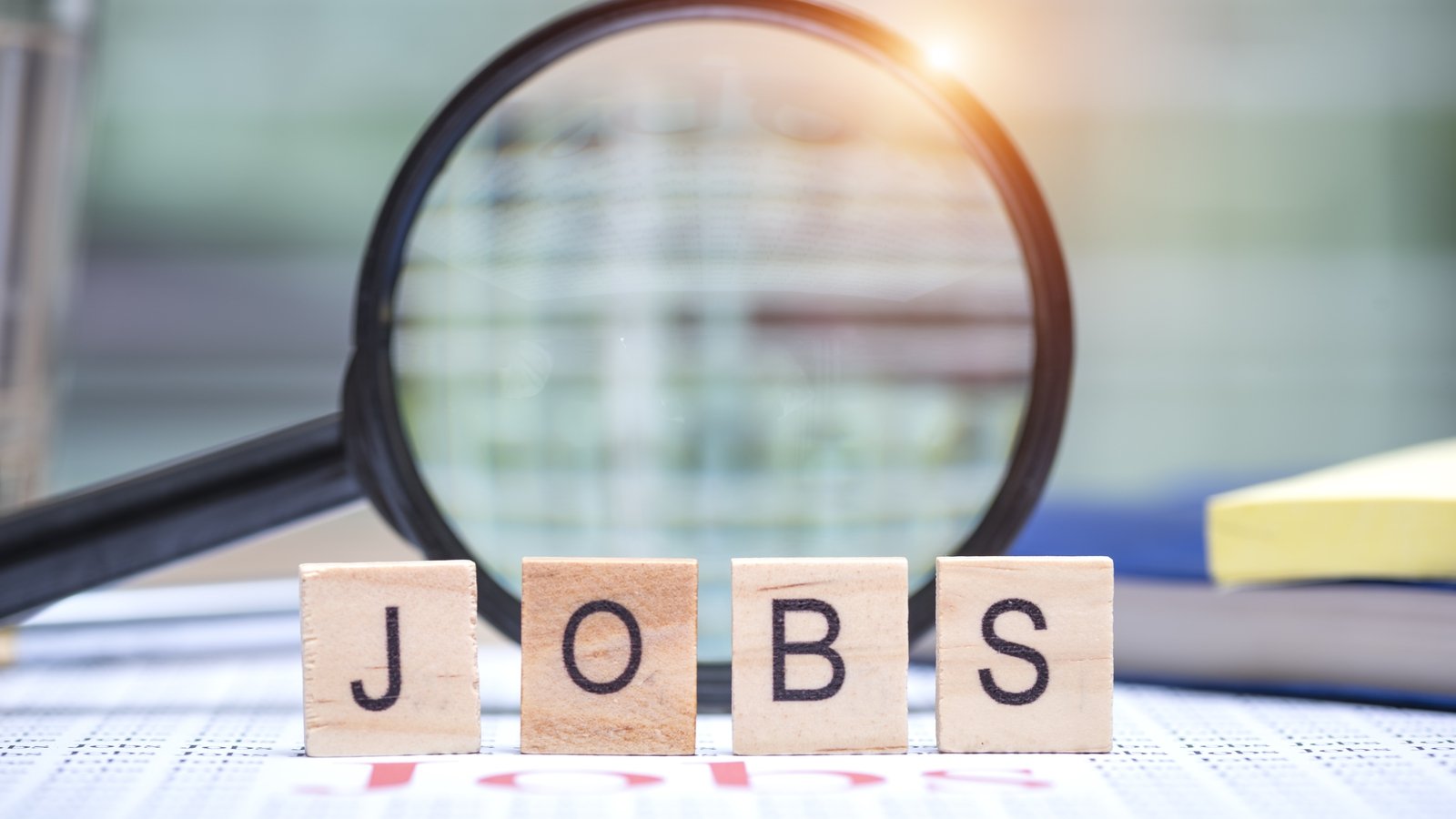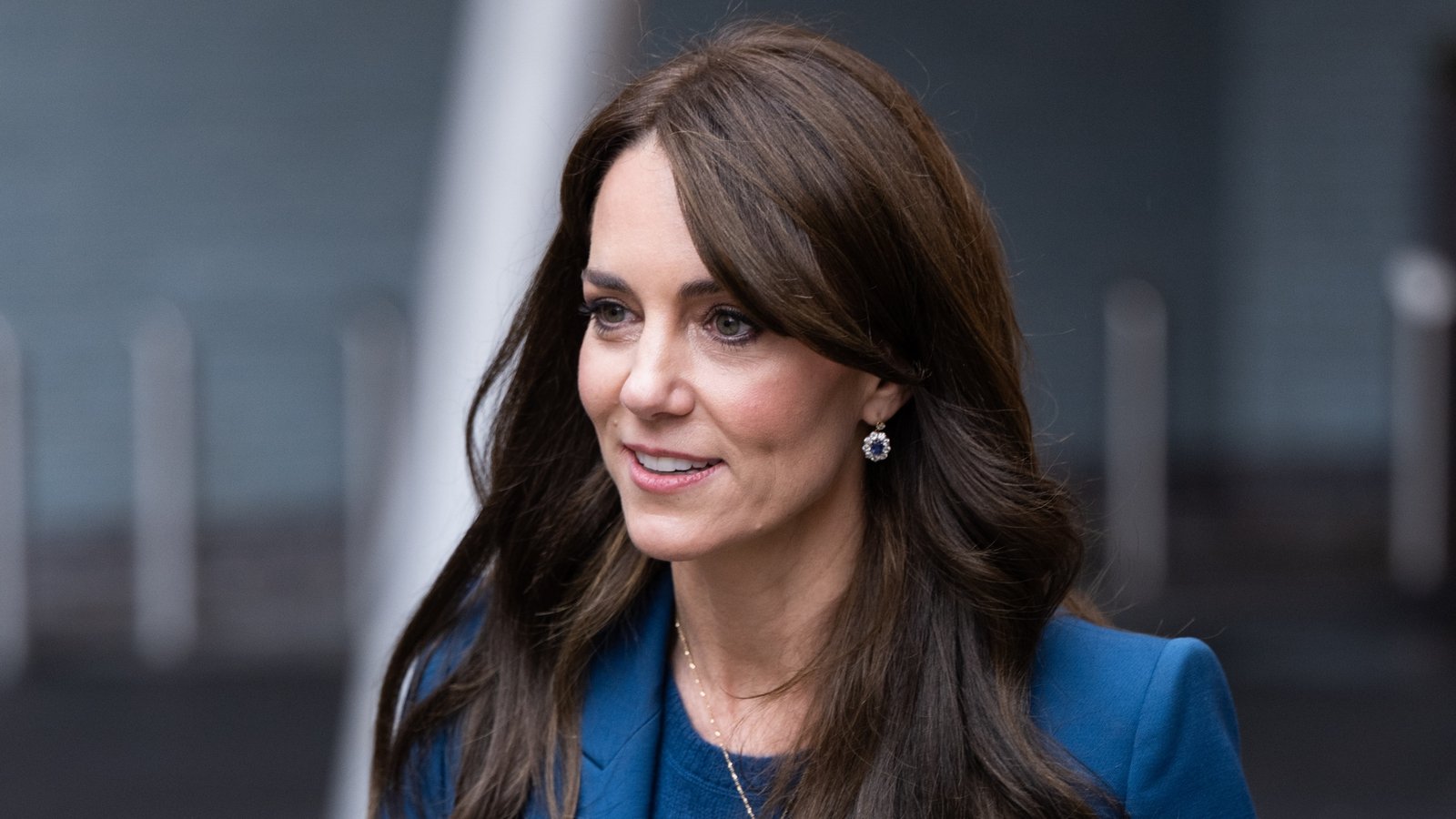Is the employment boom slowing down?


The country has enjoyed an unprecedented period of jobs growth over the last few years and the unemployment rate remains at near historic lows, but recent economic data could be pointing to a slowdown in the labour market.
Falls in job vacancies and hiring, a slight uptick in the unemployment rate and job losses in certain sectors may be signs of moderation.
Amid skills shortages in a tight labour market, it is a slowdown that some employers might welcome.
Unemployment rate
According to the Central Statistics Office, the main unemployment rate was 4.3% in March, up from 4.2% in February and up from 4.1% in March 2023.
Andrew Webb, Chief Economist at Grant Thornton Ireland, said that mixed economic signals continue to make it difficult to get a firm read on the economy.
“Recent consumer confidence indicators and vacancy levels have been reflecting some of this uncertainty at the start of this year, with people showing some concern about their employment prospects and vacancy numbers slowing,” Mr Webb said.
“Some ‘bumping around’ from month to month is not surprising but with unemployment rates so low by historical standards we are perhaps more sensitive to changes and what they might mean.”
“Figures over the coming months will be highly anticipated for evidence of whether the unemployment increase in March is the start of an upward pattern or a brief fluctuation,” he added.
Job vacancies
Job vacancies are continuing to fall from their post-Covid highs.
Irish job postings on hiring platform Indeed were down to 14% above pre-pandemic levels at the end of March.
This compared to 17% at the end of February and 22% in January. This was also down from a high of 65% recorded in February 2022.
“We expect to see job postings continue to gradually recede to levels similar to those prevailing before the pandemic,” said Jack Kennedy, senior economist at Indeed.
On hiring website IrishJobs, job vacancies continued to fall in the fourth quarter of 2023 with declines recorded of 13% compared to the previous quarter and 28% year-on-year.
The platform described the falls as a normalisation following a hiring surge in recent years.
“We’ve gone up by nearly 400,000 jobs in four years,” said Gerard Brady, chief economist with business group Ibec.
He said: “It’s the fastest period of employment growth we’ve ever seen in the history of the state including the boom.
“That obviously can’t go on forever and we’re seeing a number of signs that things are slowing.”
“If you look at some of the data on hiring, and some of the data on job vacancies, the amount of jobs that are being advertised out there in the economy, we’re seeing both of them fall off from really high levels, but still start to slow down.”
Pace of hiring
Rising business costs and global economic uncertainty have led some employers to scale back their hiring plans this year.
Around 90,000 jobs were added to the economy last year but Ibec says that number could be closer to 50,000 in 2024.
“In the pre-Covid era that would still have been a very strong year, but not quite as strong as the absolute record years that we’ve seen recently,” Mr Brady said.
“We are seeing that post-Covid bounce in hiring slowing but labour costs, and particularly government influenced labour costs, are going to rise really rapidly in some employment intensive sectors, like retail and the experience economy, and that’s going to put downward pressure on the rate at which people are taking on new staff,” he added.
New research recently released by Grant Thornton showed that Irish business optimism has slipped slightly with the challenges posed by increased labour costs among the factors.
“Employers are increasingly paying a premium to recruit and retain skilled talent, and this has been exasperated by the cost-of-living crisis with workers seeing their purchasing power impacted,” said Grant Thornton Ireland Chief Economist Andrew Webb.
“These rising costs have a negative knock-on effect, with a reduced number of firms planning to increase their headcount over the next twelve months.”
“As a result, more firms will look to AI to help improve operational efficiencies and enable existing staff to undertake more strategic work, relieving some of the pressures on constrained workforces in the process,” Mr Webb said.
A study out this week from Adare Human Resource Management found that retaining staff is one of the top concerns for businesses. According to the survey, 88% of employers plan salary increases in 2024, with an average anticipated raise of 3.6%.
Would a slowdown be welcome?
The tight labour market has led to skills shortages across a range of areas making it challenging for employers to recruit and retain staff.
“If you’re a hiring manager out there looking to hire people, that’s been a really difficult experience for a long period of time,” Mr Brady said.
“So if there is a little bit of that heat taken out of the labour market, that isn’t necessarily a bad thing.
“I think we’re starting into a phase now where we probably will see a bit of normalisation,” he added.
“Rather than retrenchment, rather than seeing big jumps in unemployment, what we’re likely to see is that the pace at which we had been adding jobs is going to slow and that is naturally what should happen at this point in the cycle, that eventually things go back to normal levels,” Mr Brady said.
The current employment boom has helped to boost the State’s finances and any slowdown could impact the Government’s tax take.
Exchequer returns for the first quarter of the year showed that corporation tax was down on last year and below forecast.
Despite this, there was an exchequer surplus and the overall tax take was up thanks to increased income tax and VAT receipts.
If employment is slowing, for now it appears to be taking the form of reduced hiring as opposed to job cuts and large-scale redundancies.
Major layoffs have so far been confined to specific sectors for specific reasons.
High-profile job losses in tech dominated the headlines in 2023 and figures released by the Central Statistics Office revealed the scale of the cuts.
Data for December showed that the number of people classified as being employed in the information and communication sector fell by 4.6% or 5,900, compared with the previous year.
Our unprecedented period of jobs growth cannot go on forever and there are signs that it may be slowing.
When this cycle ends, as all economic cycles do, let us hope the current employment boom does not become a bust.





